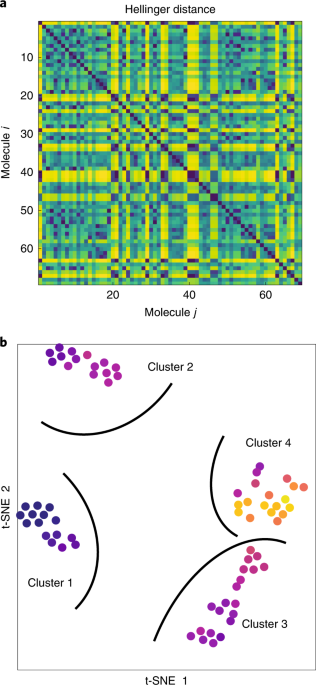- Select a language for the TTS:
- UK English Female
- UK English Male
- US English Female
- US English Male
- Australian Female
- Australian Male
- Language selected: (auto detect) - EN
Play all audios:
It was probably inevitable that Oliver Jeffers would produce an ABC: they are almost compulsory for picture book artists, especially successful ones. But Jeffers is – as EM Forster said of
the great Greek Alexandrian poet Cavafy – someone who stands "at a slight angle to the universe", so it was also inevitable that a Jeffers ABC would be a complete subversion of the
genre. His books are simple but wholly original, a brilliant mixture of cartoon-style visuals and deceptively simple stories that veer off in strange directions. They tackle weighty themes
– loneliness, the ups and downs of friendship, the tendency of life not to turn out quite the way you'd like it to – in a light way. There's a kind of whimsical seriousness about
them that's both utterly distinctive and totally beguiling. _Once Upon an Alphabet _does all that, but takes it to another level. For starters, at 112 pages it's much longer than
your average picture book ABC, and bigger too – a handsomely made album with an eye-catching orange dust jacket and thick paper. There are no "A is for Apple" cliches, either; each
letter is given its own quirky, inventive short story. "A" is an Astronaut called Edmund, whose fear of heights makes his high-flying profession rather difficult. "B"
introduces us to a pair of feuding characters called Bernard and Bob, and the Bridge that crosses the chasm between them. Bob burns the bridge so he won't be bothered by Bernard any
more, but does it from the wrong end, marooning himself on the same side of the divide as his enemy. The theme of unintended consequences – good and bad – emerges in the stories of several
characters. "L" is for Jack Stack the Lumberjack, who has been struck by Lightning so many times he's full of electricity – which means he can power his own reading light in
bed. "S" stands for "Sink or Swim", the sad story of a "regular cucumber" who aspires to be a "sea cucumber" and suffers accordingly. "F" is
for "Forever", the tale of young Ferdinand who drops a stone into the world's biggest hole and grows old as he waits to hear it hit the bottom. Some of the stories are based
on ideas good enough to be developed into full-length picture books. Danger Delilah is a tiny girl in a purple mask and cape who "laughs in the face of death and dances at the door of
disaster" – you can see her doing exactly that in the pictures. She fears nothing "except her dad when she's late for dinner". On the "O" spread we meet an Owl
and an Octopus searching for problems to solve, a duo who could generate a whole series. They even help a boy in a red stripy top who will be instantly familiar from _How to Catch a Star_
and other books. The inventiveness goes on, with characters from early spreads appearing later. My favourite is the Cup who smashes himself moving from the Dark Cupboard to a place in the
sun by the kitchen window, is glued back together by Owl and Octopus, and ends up smashed again ("Aw, man!") after a Terrified Typist's encounter with a scary monster. And
those of you feeling anxious about Edmund the Astronaut can find out what happens to him in the last story, where "Z" is for Zeppelin – what else? ABC purists might mutter that all
this weirdness won't teach children the alphabet, but my answer to that would be – who cares? It's a glorious romp of a book for all ages, with particular appeal for five to
eights, who will love its perfect combination of pictures, words and zaniness. For most artists it would be a pretty hard act to follow. But I have a feeling Jeffers hasn't stopped
surprising us yet.

